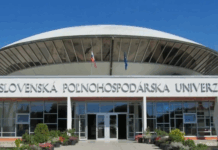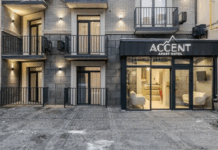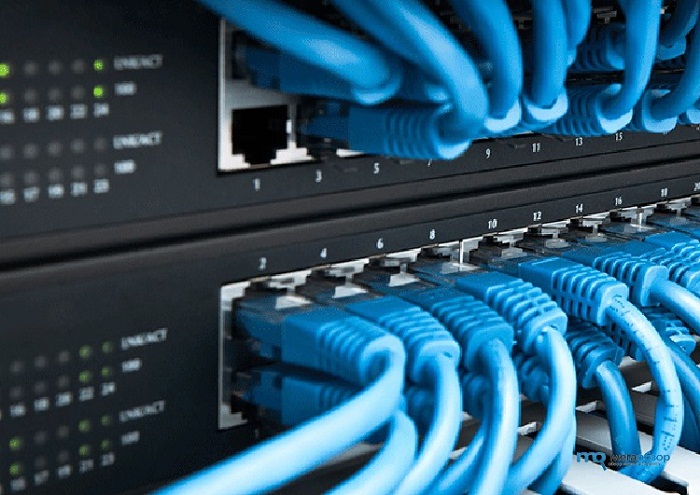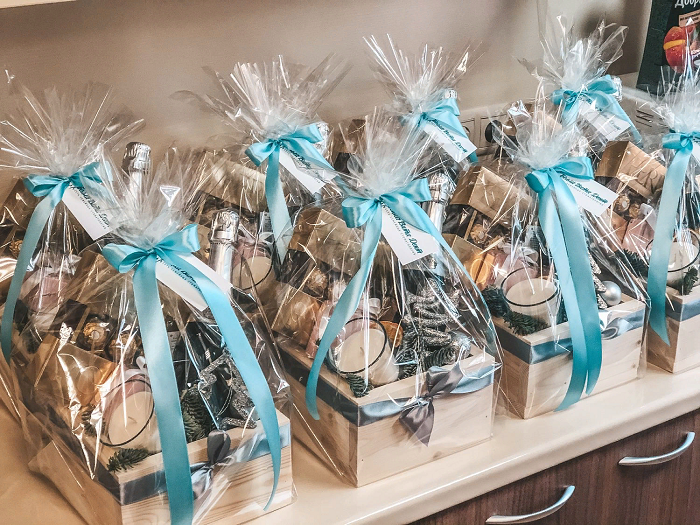Dubai, a city synonymous with towering skyscrapers, architectural marvels and a luxurious lifestyle, may seem like a testament to modernity.
However, just outside of Dubai, beneath that sparkling façade lies a rich history, culture and heritage stretching back thousands of years. Dubai museum will open up a lot of new knowledge for you.
Long before the discovery of oil transformed it into a global metropolis, Dubai was a humble fishing and pearling village, its residents relying on the bounty of the sea and the resilience of the desert.
At the center of this historical narrative is the Dubai Museum, located within the strong walls of Al Fahidi Fort, the oldest surviving building in the city, dating back to 1787.
A visit to this place offers an exciting journey through time, transporting you back to Dubai’s humble beginnings and lighting the way to its extraordinary present. Set in a historic fort overlooking the bustling Dubai Creek, the museum offers a fascinating journey through the city’s evolution.
Converted Fortress: Museum Location
Al Fahidi Fort, within whose walls the museum is located, is not just a historical building, it is a living symbol of Dubai’s resilience. Built in 1787, the fort has served various roles throughout its long history. Initially serving as a defense against rival tribes and foreign powers, it gradually became a ruler’s residence, a garrison for soldiers, and even a prison. In 1971, the year of the formation of the United Arab Emirates, the fort underwent a remarkable metamorphosis, reopening its doors as a Museum, custodian of the city’s heritage.
The Dubai Museum has captivated travelers from around the world, drawing them into its fascinating tale of the city’s evolution. His fame rests on his ability to vividly depict life in the Emirate before the discovery of oil in the 1960s. Back then it was not a city of steel and glass, but a humble village of fishermen and pearl divers, dependent on the bounty of the sea and the resilience of its people. The museum brings this era to life through a brilliant tapestry of exhibits, each carefully selected to offer an immersive experience.
Going back in time: museum exhibitions
(Please note: the museum and fort are currently closed for renovations)
Before its closure, entering the museum was like stepping through a portal into the past. Carefully recreated life-size dioramas transported you to the bustling creekside markets, a symphony of sights, sounds and smells. You could almost feel the bustle of the crowds, hear the trade of traders and inhale the intoxicating aroma of spices from distant lands.
Other galleries offered intimate looks at traditional Arab homes, showcasing their elegant courtyards and ingenious wind towers—an early form of air conditioning that used desert winds to cool homes. The tranquility of the reconstructed mosques provided a tranquil contrast, while the date farm exhibits illustrated the importance of this resilient crop to life in an arid landscape.
One of the museum’s most compelling narratives centers on pearl diving, a practice closely linked to Dubai’s heritage. The museum’s exhibits also highlight the importance of the Dubai Creek as an important waterway for trade and pearling, demonstrating how the city’s connection to the sea has shaped its identity. The tools of the trade are on display here — weights and scales used by divers who plunged into the depths, risking their lives for these treasures of the sea. A poignant reminder of Dubai’s pre-oil age dependence on the bounty of the ocean.
The museum also showcases archaeological finds found in the surrounding areas of Dubai, which shed light on the pre-Islamic civilizations that inhabited the region.
Multimedia presentations, films and interactive exhibitions complement the exhibition, creating an exciting and educational journey into the past.
The Dubai Museum is not just a museum, it is a time capsule that allows visitors to gain a deeper understanding of the city’s evolution from a humble fishing village to a modern metropolis!










